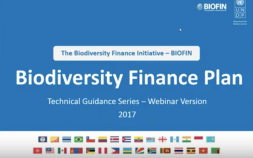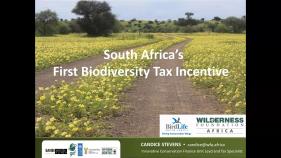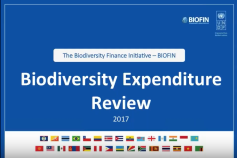
a) The policy and institutional landscape in Zambia is diverse and relatively adequate to finance and manage national biodiversity subject to various policy and implementation adjustments.
b) The economic and financial drivers of biodiversity change are driven by economic and financial interaction between society and biological resources that positively or negatively impacts biodiversity.
c) Economic valuations of biodiversity have indicated potential revenues from the natural assets base ranging from a low of $51-$135 million (2002-2007) from fisheries resources, $396m/annum from wood production, $6/ton of Carbon, to $17 billion/annum by 2017 from mineral resources.
d) Biodiversity dependent revenues are primarily through penalties, licensing, environmental impact assessments, fees and charges.
e) Key biodiversity conservation departments and statutory bodies are spread over eleven ministries. To avoid fragmented coordination and implementation of biodiversity and environmental programmes, there is need to revisit the setup of the biodiversity conservation departments and institutions and ensure that departments with similar mandates fall under one Ministry.
f) There is inadequate holistic policy and legal framework to involve the private sector and civil society in the direct implementation of the activities in the National Biodiversity Strategy and Action Plan.
g) There is need for legislative change that will ensure that the revenue generated from biodiversity sectors is spent on conservation; increased budgetary allocations and timely releases of funds for planned activities in the biodiversity sectors.



